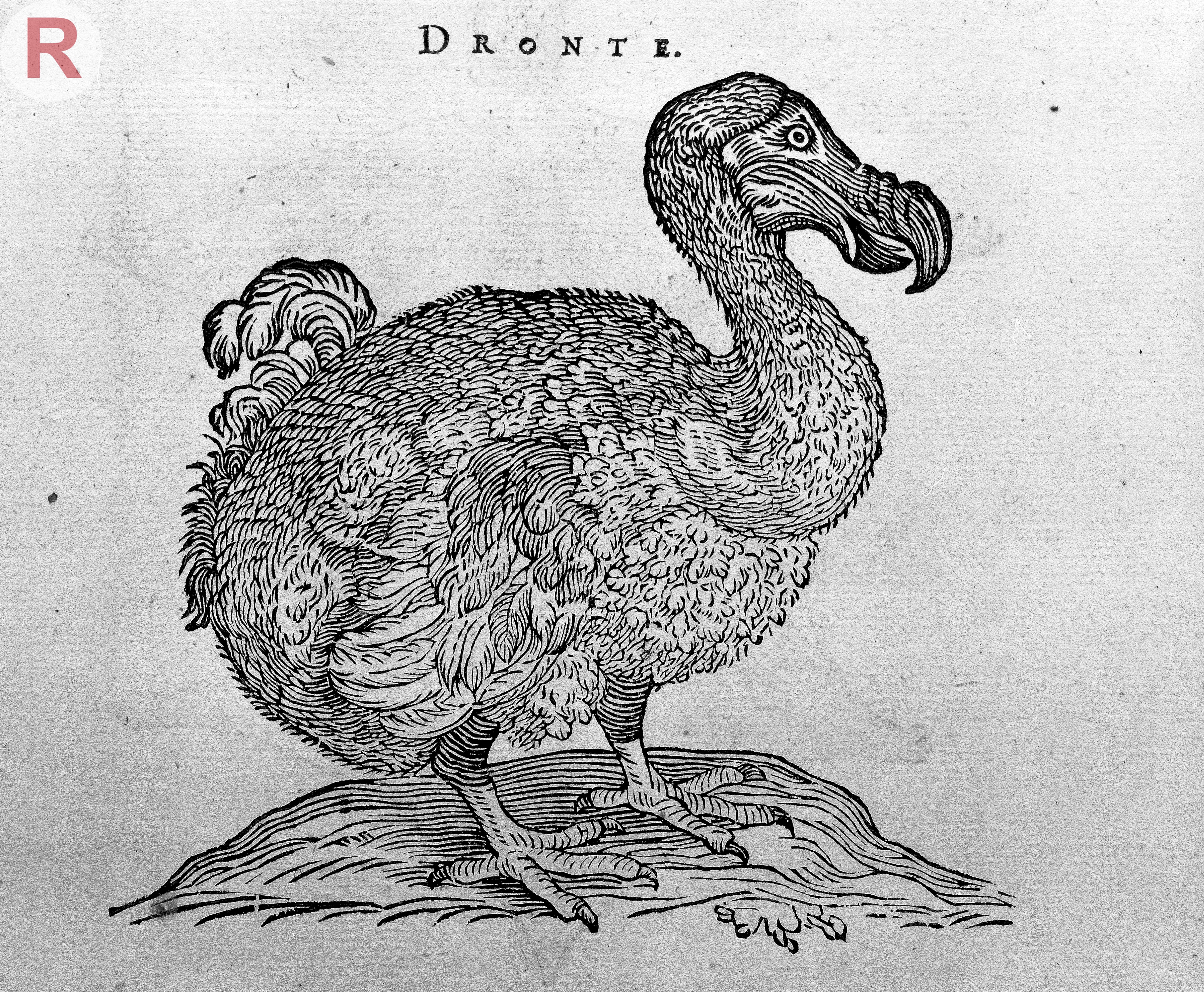
Curate; from the Latin curatus, past participle of curare, ‘to take care of’.
Programming music, curating sound, comes with deep responsibilities. We need to take great care of new music in particular. New music that has not yet built up a legacy of enough good performances to withstand a less good one. Young music that is not yet robust enough to weather a harsh review. Music that has perhaps not yet found the voice to utter its language or the audience to venture into its foreign hinterland.
Where to place a new work? Who will its bedfellows be? Where will it be situated in the programme? Do we curate gently, leading by-the-hand, with cotton-wool and kid-gloves? Or do we hurl a new work into the ring, testing its stripling agility against musical heavy-weights? Programmers have the ability to make musical works sound modern or traditional, shocking or reassuring, rich or impoverished. A musical work can be perceived as a major event or a slight work. Everything around it has an impact on the way that it is perceived; aesthetically, artistically, psychologically.
Musical evolution is tough, ruthless and speedy. Most musical works are quickly eliminated and forgotten, partly because we simply cannot keep alive this ever-increasing volume of available music. Yet I think that we often adopt a somewhat predatory practice in our treatment of new music. The constant and very real risk of rejection, of being forgotten and unperformed means that survival becomes a race to create more. Are we unwittingly steering composers into producing more and more work, our support for emerging voices coming back to betray them in later years when frankly we cannot do a thing with the vast volume of music we encouraged and enabled them to write?
What if we could remove the predatory threat? Our canon of known works is a story of musical evolution. A survival of the fittest: the most ‘beautiful’, the most adaptable, malleable, transmutable and practical. The fittest – those musical works that have survived – now form the backdrop, the framework for the new and unknown; those under evolutionary scrutiny. I cannot help but wonder what an ‘alternative’ framework might be like, if the predators had been removed? What practices, works of art, what sonorities have quietly fallen away and how might they have formed a backdrop for today’s contemporary works had they remained? What alternative musical landscapes might there have been?
A plea;
Composers; please work closely with those excellent programmers who really care about where to place your music. Please speak up and lets have these conversations about context because they are interesting and important. Programmers; please care deeply about new music and where you place it. Please embrace the opportunity to open up the dialogue and to explore convention with works that may be more ‘challenging’ to include. In the words of the late, great John Berger, please ‘listen to the confabulation….[to the] affinity of meaning, or of opposition, or of metaphor or alliteration or rhythm’ that the new work shares and contests with those you put around it. Funders; please offer more schemes that assist us in programming second, third and fourth performances. Please enable us to embed works we care for recognizing that this takes dedication and time – and to bring older existing works back into the repertoire. Please help us to lessen the constant threat for composers that the majority of their music is destined for extinction. Without those threats we may truly enable a new generation of composing (not composers) to emerge, with a creative liberty and freedom that our musical creators have never known.

